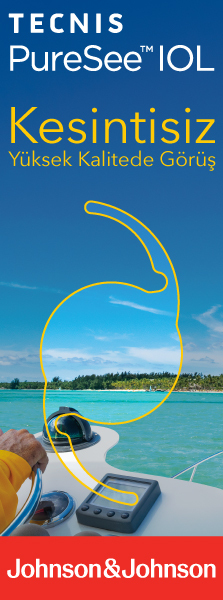Material and Methods: The study included 106 eyes of 54 patients (32 women and 22 men) undergoing HD for ESRD. Systolic and diastolic blood pressure (SBP and DBP) were measured by sphygmomanometer; IOP was measured with a Tonopen before HD (pre-HD), at hour 2 of HD (mid-HD), and at the end of HD (post-HD). OPP was estimated by measuring the difference between two-thirds of the mean arterial pressure and the IOP value. Blood samples were obtained before and after HD for analysis of blood urea nitrogen (BUN), creatinine (Cr), and potassium (K) levels.
Results: There was no statistically significant change in IOP between the three time points (ppre?mid=0.080, ppre?post=0.328, pmid?post=0.582). SBP, DBP, and OPP decreased significantly during HD compared to pre-HD values.
Conclusion: Although there is no significant change in IOP during HD, the presence or suspicion of glaucoma should be questioned in patients undergoing HD in order to prevent possible optic disc damage due to the decrease in OPP.
Keywords : Glaucoma, hemodialysis, intraocular pressure, ocular perfusion pressure




